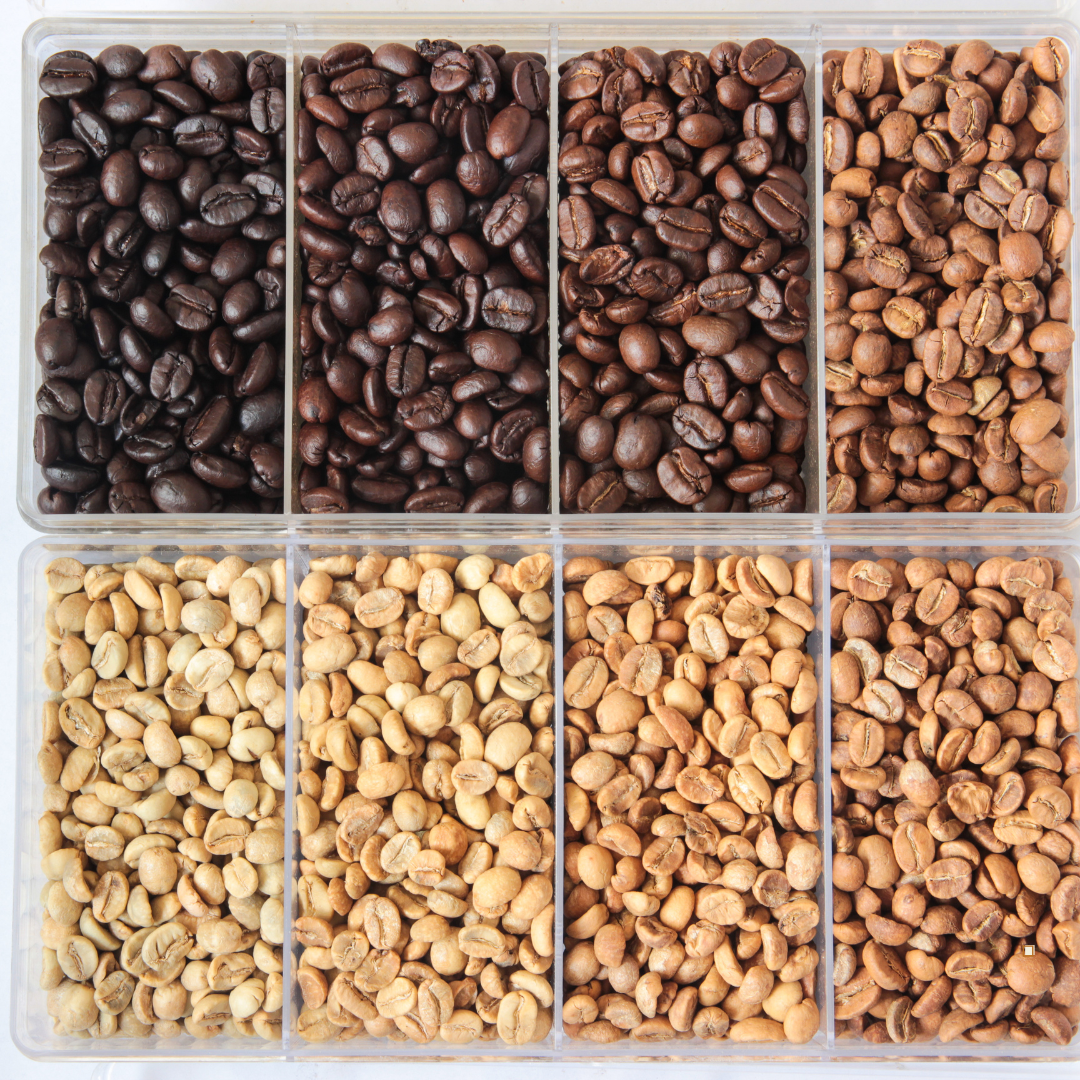
How Light Roast Coffee Affects Flavor Extraction
For many home brewers, light roast coffee represents not just a morning beverage but a realm of delicate flavors, subtle aromas, and nuanced complexities waiting to be discovered. Yet, achieving that perfect extraction can be trickier than it seems. While darker beans often yield richer, more robust brews with relative ease, these lightly roasted beans require a bit more finesse and understanding. By taking the time to master your brewing techniques and learn how different variables affect flavor extraction, you can unlock an incredibly vibrant cup that highlights the unique characteristics inherent in this style of roast.
Understanding the Complex Flavor Profiles of a Bright Roast
When dealing with a mild roast coffee, the beans retain more of their original characteristics, bringing a bright, floral complexity to the cup. Rather than relying on the caramelized sugars that dominate darker roasts, these beans emphasize the terroir and cultivar-specific notes: from citrus and stone fruit to subtle florals and gentle nuttiness. Instead of deep chocolate or heavy caramel flavors, you’ll find lighter, cleaner notes. By adjusting your extraction techniques, you can enhance those delicate flavors and taste the coffee’s true origin story.
The Importance of Precise Grind Size
Grind size plays a crucial role in flavor extraction. With a blonde roast coffee, a too-coarse grind can lead to under-extracted brews, resulting in thin, sour cups that fail to showcase the bean’s inherent complexities. On the other hand, a grind that’s too fine can yield harsh, overly bitter notes. For those who enjoy these beans, consider experimenting with a slightly finer grind than you might use for a darker roast, but not so fine that you choke your brewer. Adjusting grind size until you find that perfect sweet spot can help you coax the most vivid tasting notes from your cup.
Temperature and Brew Time as Keys to Nuance
Brewing a bright roast is about striking a careful balance. Temperature, for example, can dramatically influence the speed of extraction and the flavors that emerge. Using slightly cooler water (around 195–200°F) may bring out more subtle fruit and floral notes and preserve a gentle sweetness. Meanwhile, extending your brew time just a bit can help ensure the full range of flavors is captured without plunging into bitterness. Keep in mind that these beans are more delicate, and it pays to take a gentler approach in both temperature and time.
Adjusting Your Brewing Method
Different brew methods have their own effect on mild roast coffee. Pour-over methods like the Hario V60 or Kalita Wave often excel at highlighting the nuanced complexity of lighter beans, offering increased control over bloom, flow rate, and extraction time. Immersion methods like the French press can still work, but they may require careful timing and gentle stirring to avoid over-extraction. If you prefer a manual espresso setup, you’ll find that lighter beans demand precise dialing in: adjusting grind, dose, and yield until you achieve a shot that sparkles on the palate.
Freshness and Quality as Non-Negotiables
When working with these lightly roasted beans, freshness truly matters. They are best enjoyed within a couple of weeks from their roast date to preserve their vibrant, delicate notes. At Frontier Coffee Roasters, we focus on small-batch roasting and careful storage practices, ensuring that the coffee you receive arrives brimming with the flavors that define its origin. The difference between a bright, aromatic cup and a dull, flat one often comes down to how recently the beans were roasted and how well they’ve been cared for.
Embracing Subtlety Over Boldness
For some coffee drinkers, adjusting to the subtler flavors of a light roast coffee is a learning curve. After all, it’s easier to recognize the deep chocolate and caramel that define darker beans than to pick out a gentle lavender or a fleeting hint of stone fruit. But embracing these subtleties is part of the joy. By focusing on your brewing variables—grind, time, temperature, and brew method—and using top-quality beans, you’ll begin to discern the delicate layers that make this style so rewarding. It’s a process of refinement: tasting, adjusting, and learning as you go.
Overcoming Common Pitfalls in Extraction
If your attempts to brew a light roast coffee at home have led to disappointment—perhaps a sour tang or a hollow aftertaste—it may be time to reassess your approach. Consider the possibility of uneven extraction: Are all grounds getting equal contact with water? Are you controlling your pour for consistent saturation? Is your grinder producing uniform particle sizes? By taking a step back and analyzing each variable, you can often identify small tweaks that lead to huge improvements. Whether it’s adjusting your grind one notch finer, using slightly cooler water, or prolonging your steep time by just 10 seconds, those fine-tuned changes add up to a much better cup.
Striving for a More Refined Cup
As you cultivate an appreciation for these beans, you’ll come to realize that a perfectly extracted mild roast coffee can deliver a flavor experience unlike any other. Soft, vibrant notes dance across your palate, each sip a gentle revelation of what coffee can be when handled with care and attention. While the process can seem daunting at first, the reward is well worth the effort. By understanding how grind size, temperature, brew time, and method interact to shape your extraction, you can produce a cup that honors the bean’s origin and its naturally delicate character.
Bringing It All Together With Thoughtful Solutions
Ultimately, as you seek to refine your enjoyment of light roast coffee, remember that consistent access to quality beans and careful roasting practices can make all the difference. Here at Frontier Coffee Roasters, we take pride in providing the freshest small-batch roasted beans, selected for their distinctive characteristics and shipped quickly to ensure you receive them at their peak. By exploring our variety of coffee offerings, selecting premium beans known for their nuanced profiles, and relying on our prompt delivery, you can trust that your brewing experiments will be supported by ingredients that naturally highlight each delicate flavor. When everything aligns—your technique, your equipment, and the inherent quality of the beans—the resulting cup will be nothing short of extraordinary.

